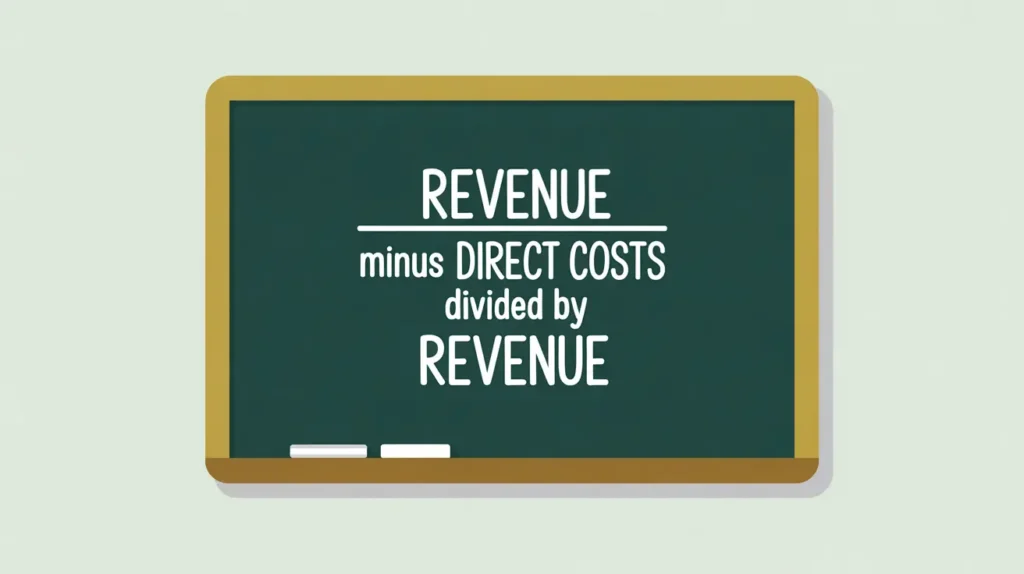Importance of Program Service Revenue (Exchange Transactions)
Program service revenue is a vital component of nonprofit finance, representing income earned from delivering mission-aligned goods or services. Unlike contributions or grants, this revenue arises through exchange transactions where the organization provides direct value to beneficiaries, clients, or partners. In an era of increasing pressure on nonprofits to diversify funding, program service revenue helps reduce dependence on donations and builds financial resilience. For organizations in social innovation and international development, program service revenue can reflect both innovation and sustainability, as it often emerges from social enterprise models, training services, or cost-sharing arrangements. Its significance lies in demonstrating that nonprofits can generate resources not only from philanthropy but also through mission-driven market participation.
Definition and Features
Program service revenue includes fees charged for goods or services that advance the organization’s mission. Examples include tuition at a nonprofit school, ticket sales for cultural events, healthcare service fees, or technical assistance contracts. Under accounting standards, these transactions are classified as exchange revenues because the payer receives commensurate value in return. They differ from contributions, which are non-reciprocal transfers, and from membership dues, which may include symbolic or relational benefits. Program service revenue is recognized when services are rendered or goods delivered, not when cash is received, in line with accrual accounting. Importantly, program service revenue is distinct from unrelated business income, which arises from activities outside the nonprofit’s mission and may be subject to taxation.
How this Works in Practice
In practice, program service revenue can be both an opportunity and a challenge. Many nonprofits develop earned income strategies to stabilize their finances, such as creating training programs, selling educational materials, or offering consulting services. The key requirement is that the activity remains mission-aligned, ensuring that earned revenue reinforces rather than distracts from the organization’s purpose. Managing program service revenue involves pricing services appropriately, tracking delivery against contracts, and ensuring compliance with any funder or regulatory requirements. Nonprofits must also balance equity concerns: charging for services can improve sustainability but may exclude low-income beneficiaries unless subsidies or tiered pricing models are applied. Finance and development teams often collaborate to integrate program service revenues into broader resource strategies, using them to leverage donor trust and demonstrate organizational efficiency.
Implications for Social Innovation
For nonprofits in social innovation and international development, program service revenue plays a particularly strategic role. It allows organizations to reduce dependency on volatile donor cycles, expand reach, and scale programs sustainably. International NGOs may charge institutional partners for technical assistance or training, while community-based organizations might adopt cost-recovery models for health services or microfinance initiatives. By generating mission-aligned income, organizations also strengthen their credibility with funders, showing that they can leverage diverse revenue streams to sustain impact. Program service revenue reduces information asymmetry by demonstrating that nonprofits are not solely reliant on charitable support but can actively create value in their ecosystems. Done well, it positions nonprofits as dynamic, adaptive actors who blend social purpose with financial acumen in pursuit of sustainable development.







